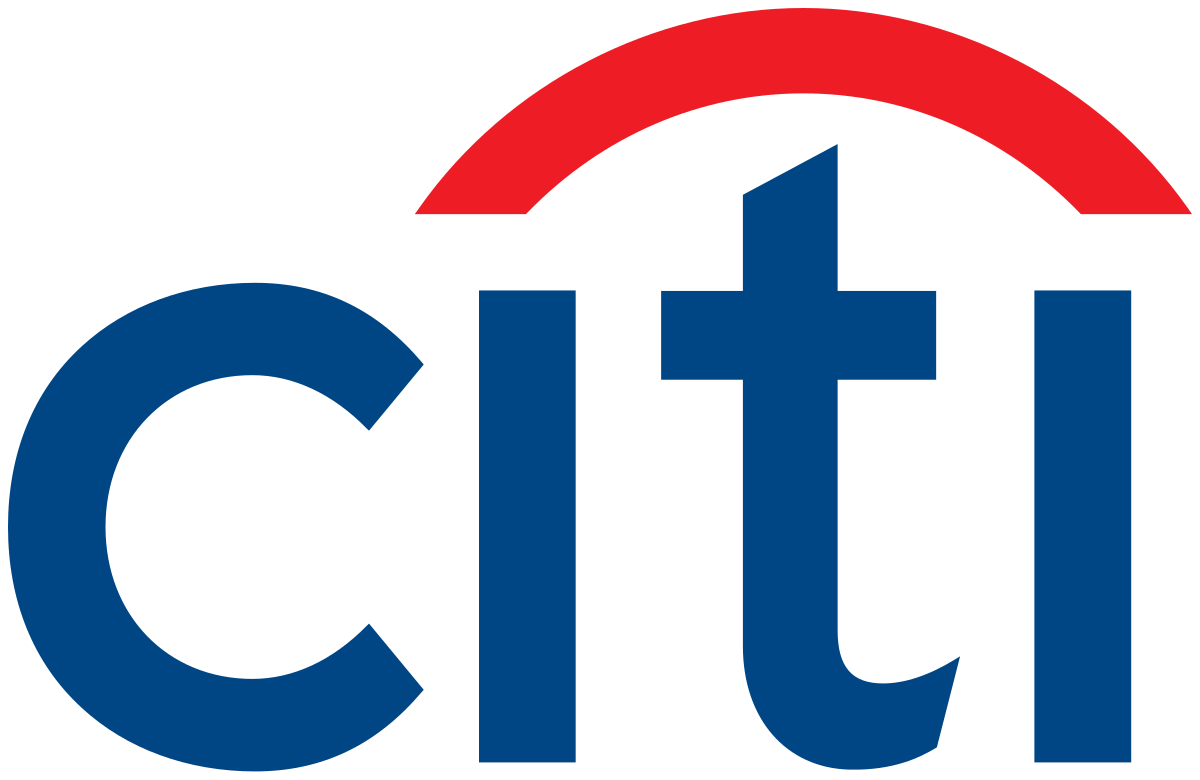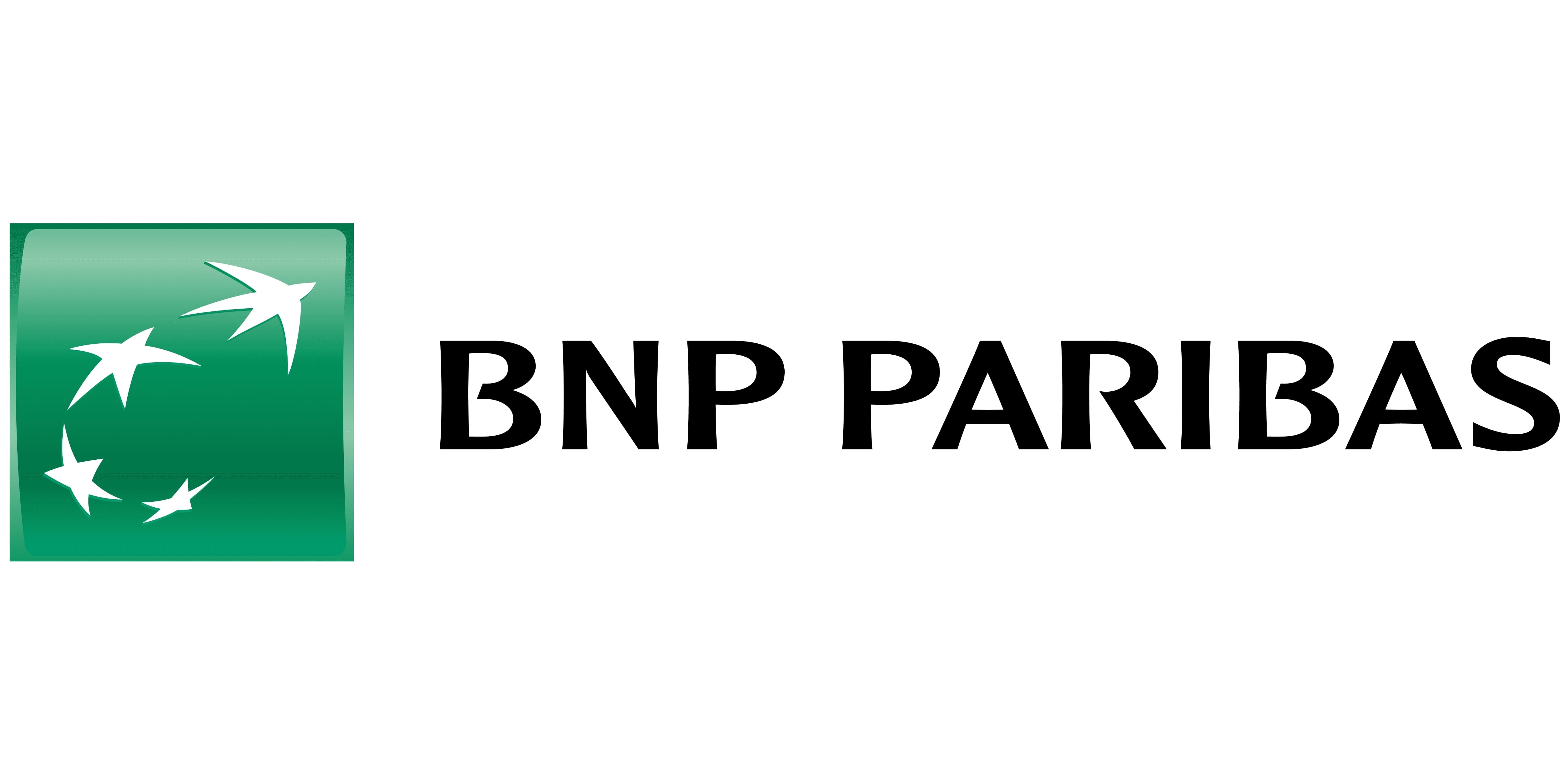The pendulum has swung back in favour of market cap versus equal-weighting as investors turn risk-on in their S&P 500 ETF allocations over the past month.
According to data from ETFbook, two of the five top inflowing ETFs in Europe are market cap-weighted S&P 500 ETFs over the past month, adding $2.2bn net new assets, as at 12 December.
Similarly, S&P 500 market cap-weighted ETFs comprised four out of five of the top inflowing US equity ETFs listed on the London Stock Exchange in November. The only exception was an actively-managed ETF from JP Morgan Asset Management.
The shift back in favour of S&P 500 ETFs – overconcentrated in a handful of large cap names – coincides with less hawkish messaging from central banks and consecutive ‘holds’ at Federal Open Market Committee (FOMC) meetings.
With BlackRock, Vanguard, Deutsche Bank, Citi, BNP Paribas Asset Management and JP Morgan 2024 outlooks calling for Federal Reserve policy rate cuts to commence between Q2 and Q3 next year, a new lease of life has been offered to risk-on positioning as investors price in good news for tech stocks whose valuations depend on future cash flows.
Citi expects a “major AI buildout amid easier financial conditions”, with US large cap tech, communications and consumer names being key drivers of this theme.
BlackRock noted it is overweight AI in developed markets on a tactical basis, with tech sector earnings resilience expected to be a key driver of overall US corporate profit growth next year.
Dewi John, head of Lipper research, UK and Ireland, at Refinitiv, said: “While previous months have seen investors hedge their exposure to the ‘magnificent seven’ by buying equally-weighted large-cap indexed products, this has not been the case in November.
“Instead, it has been a full-blooded exposure to the cap-weighted S&P, albeit with JPM’s Research Enhanced fund making an impression. It has also worth noting that Nasdaq 100 trackers have also proven popular this month.”
Narrow leadership by a handful of mega-cap names saw equal-weight ETFs languish in early 2023, with the Xtrackers S&P 500 Equal Weight UCITS ETF (XDEW) booking $647m outflows in the first five months of the year.
However, the magnitude of ‘magnificent seven’ dominance began to send alarm bells ringing for fund selectors after it emerged the group had added $3.6trn to their combined market cap and comprised all gains made by the S&P 500 in H1.
Following a ‘special rebalance’ to reduce overconcentration within the Nasdaq 100, investors poured $1.7bn into XDEW in Q3 – accounting for a fifth of all flows into DWS’s 200-strong product range during the period – earning it the title of ‘ETF of the Year’ at ETF Stream’s ETF Awards 2023.
By opting for equal-weighting versus market cap-weighting, XDEW investors more than halved their tech sector exposure within their S&P 500 allocation from 27.5% to 13%.
However, doing so has also meant leaving plenty of returns on the table, with XDEW returning 8.5% this year, as at 13 December, versus 22% gains for the vanilla Xtrackers S&P 500 UCITS ETF (XDPU).
Investors swinging back in favour of vanilla S&P 500 trackers ahead of the ‘soft landing’, rate cutting base case for 2024 has also been reflected in other risk-on allocations, with investors pulling $1.1bn from the PIMCO US Dollar Short Maturity UCITS ETF (MINT) and pouring $943m into the iShares € High Yield Corporate Bond UCITS ETF (IHYG) over the past month.










